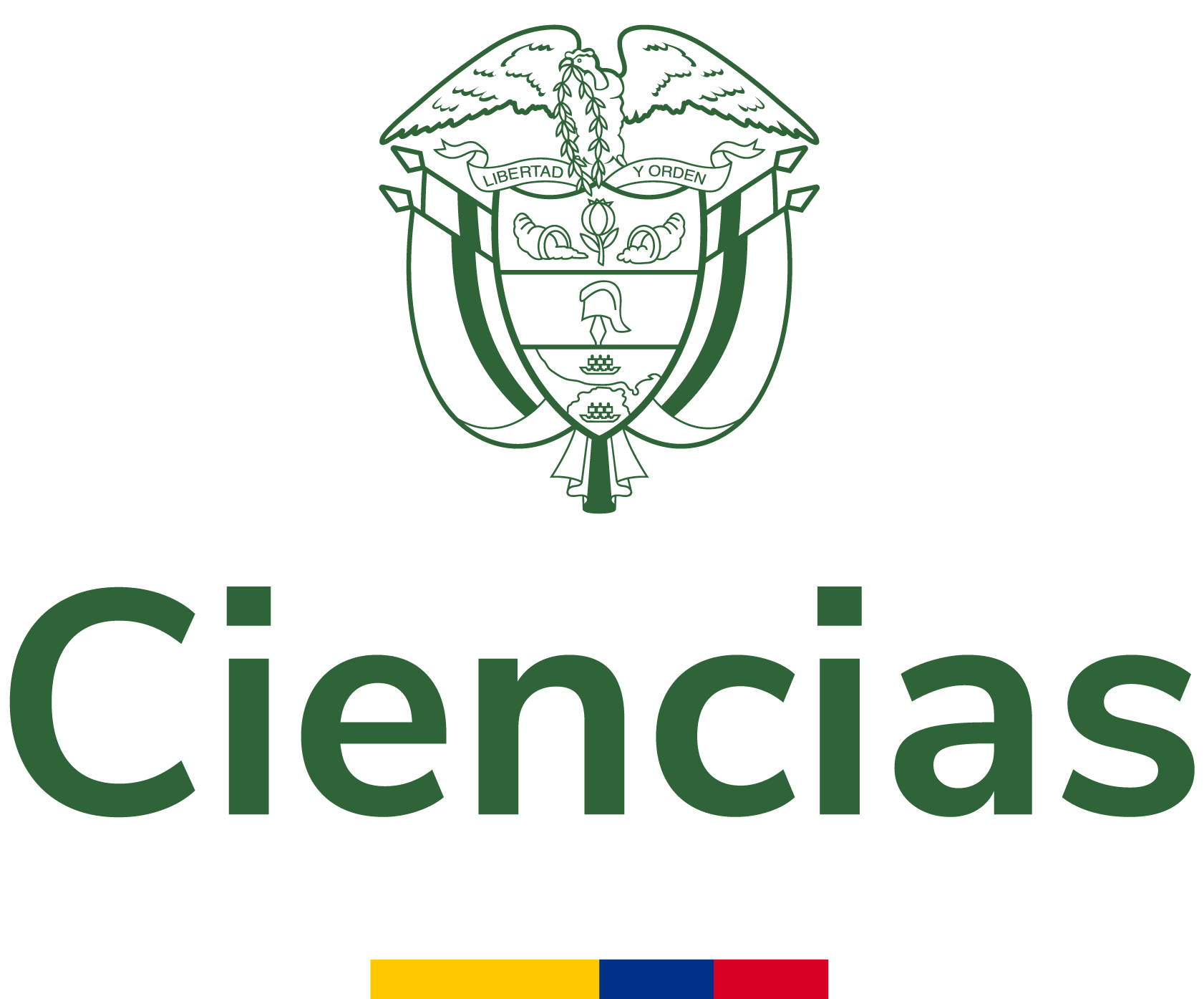Design research: a strategy for preservation of identity and crafts tradition
This paper focuses on the theoretical and methodological elements that guided the development of the research project with artisan communities, entitled ¿How to preserve the richness of craftsmanship tradition in the province of Alto Ricaurte in the Department of Boyacá? The project aims to promote...
- Autores:
- Tipo de recurso:
- Fecha de publicación:
- 2019
- Institución:
- Universidad Católica de Pereira
- Repositorio:
- Repositorio Institucional - RIBUC
- Idioma:
- spa
- OAI Identifier:
- oai:repositorio.ucp.edu.co:10785/15079
- Acceso en línea:
- https://revistas.ucp.edu.co/index.php/arquetipo/article/view/1032
http://hdl.handle.net/10785/15079
- Palabra clave:
- Rights
- openAccess
- License
- Derechos de autor 2019 Arquetipo
| id |
RepoRIBUC_a09f1806e5d4d5830d1dfbd8799365c2 |
|---|---|
| oai_identifier_str |
oai:repositorio.ucp.edu.co:10785/15079 |
| network_acronym_str |
RepoRIBUC |
| network_name_str |
Repositorio Institucional - RIBUC |
| repository_id_str |
|
| spelling |
Design research: a strategy for preservation of identity and crafts traditionLa investigación en diseño: una estrategia para la conservación de la identidad y la tradición artesanalThis paper focuses on the theoretical and methodological elements that guided the development of the research project with artisan communities, entitled ¿How to preserve the richness of craftsmanship tradition in the province of Alto Ricaurte in the Department of Boyacá? The project aims to promote dynamic integration of knowledge of designers and craftsmen, through work experiences that sought motivate new generations to perpetuate the crafts, and promote the conservation of regional craft identity. This paper, first presents some theoretical considerations about the concepts of identity, culture, tradition and knowledge dialogue, related to designer-craftsman work. Second, related the theoretical concepts that endured the research action process, that board the project from building dialogues between actors, and where the main axis was the concerted participation.Este artículo reflexiona sobre el desarrollo del proyecto de investigación con comunidades artesanales titulado “¿Cómo preservar la riqueza de la tradición artesanal en la provincia del Alto Ricaurte del departamento de Boyacá?” El proyecto tuvo como objetivo promover la integración dinámica de los saberes de diseñadores y artesanos, a través de experiencias de trabajo que buscaron motivar a las nuevas generaciones a perpetuar los oficios y propiciar la conservación de la identidad artesanal regional. Se presentan, en primer lugar, algunas consideraciones teóricas al respecto de los conceptos de identidad, cultura, tradición y diálogo de saberes en relación con el trabajo diseñador- artesano. En segundo lugar, se relacionan las concepciones teóricas que soportaron el proceso de investigaciónacción que abordó el proyecto desde la construcción de diálogos entre los actores, y en donde el eje principal fue la participación concertada.Universidad Católica de Pereira2023-08-30T00:46:13Z2023-08-30T00:46:13Z2019-08-22Artículo de revistahttp://purl.org/coar/resource_type/c_6501http://purl.org/coar/version/c_970fb48d4fbd8a85info:eu-repo/semantics/articleinfo:eu-repo/semantics/publishedVersionhttp://purl.org/coar/resource_type/c_2df8fbb1application/pdfhttps://revistas.ucp.edu.co/index.php/arquetipo/article/view/1032http://hdl.handle.net/10785/15079Arquetipo; Núm. 7 (2013); 7-192539-39362215-9444spahttps://revistas.ucp.edu.co/index.php/arquetipo/article/view/1032/1011Derechos de autor 2019 Arquetipohttps://creativecommons.org/licenses/by-nc/4.0/deed.es_EShttps://creativecommons.org/licenses/by-nc/4.0/deed.es_ESinfo:eu-repo/semantics/openAccesshttp://purl.org/coar/access_right/c_abf2Rojas Rodríguez, Claudia IsabelGarcía Solano, Henry Enriqueoai:repositorio.ucp.edu.co:10785/150792025-01-27T23:59:02Z |
| dc.title.none.fl_str_mv |
Design research: a strategy for preservation of identity and crafts tradition La investigación en diseño: una estrategia para la conservación de la identidad y la tradición artesanal |
| title |
Design research: a strategy for preservation of identity and crafts tradition |
| spellingShingle |
Design research: a strategy for preservation of identity and crafts tradition |
| title_short |
Design research: a strategy for preservation of identity and crafts tradition |
| title_full |
Design research: a strategy for preservation of identity and crafts tradition |
| title_fullStr |
Design research: a strategy for preservation of identity and crafts tradition |
| title_full_unstemmed |
Design research: a strategy for preservation of identity and crafts tradition |
| title_sort |
Design research: a strategy for preservation of identity and crafts tradition |
| description |
This paper focuses on the theoretical and methodological elements that guided the development of the research project with artisan communities, entitled ¿How to preserve the richness of craftsmanship tradition in the province of Alto Ricaurte in the Department of Boyacá? The project aims to promote dynamic integration of knowledge of designers and craftsmen, through work experiences that sought motivate new generations to perpetuate the crafts, and promote the conservation of regional craft identity. This paper, first presents some theoretical considerations about the concepts of identity, culture, tradition and knowledge dialogue, related to designer-craftsman work. Second, related the theoretical concepts that endured the research action process, that board the project from building dialogues between actors, and where the main axis was the concerted participation. |
| publishDate |
2019 |
| dc.date.none.fl_str_mv |
2019-08-22 2023-08-30T00:46:13Z 2023-08-30T00:46:13Z |
| dc.type.none.fl_str_mv |
Artículo de revista http://purl.org/coar/resource_type/c_6501 http://purl.org/coar/version/c_970fb48d4fbd8a85 info:eu-repo/semantics/article info:eu-repo/semantics/publishedVersion |
| dc.type.coar.fl_str_mv |
http://purl.org/coar/resource_type/c_2df8fbb1 |
| status_str |
publishedVersion |
| dc.identifier.none.fl_str_mv |
https://revistas.ucp.edu.co/index.php/arquetipo/article/view/1032 http://hdl.handle.net/10785/15079 |
| url |
https://revistas.ucp.edu.co/index.php/arquetipo/article/view/1032 http://hdl.handle.net/10785/15079 |
| dc.language.none.fl_str_mv |
spa |
| language |
spa |
| dc.relation.none.fl_str_mv |
https://revistas.ucp.edu.co/index.php/arquetipo/article/view/1032/1011 |
| dc.rights.none.fl_str_mv |
Derechos de autor 2019 Arquetipo https://creativecommons.org/licenses/by-nc/4.0/deed.es_ES https://creativecommons.org/licenses/by-nc/4.0/deed.es_ES info:eu-repo/semantics/openAccess http://purl.org/coar/access_right/c_abf2 |
| rights_invalid_str_mv |
Derechos de autor 2019 Arquetipo https://creativecommons.org/licenses/by-nc/4.0/deed.es_ES http://purl.org/coar/access_right/c_abf2 |
| eu_rights_str_mv |
openAccess |
| dc.format.none.fl_str_mv |
application/pdf |
| dc.publisher.none.fl_str_mv |
Universidad Católica de Pereira |
| publisher.none.fl_str_mv |
Universidad Católica de Pereira |
| dc.source.none.fl_str_mv |
Arquetipo; Núm. 7 (2013); 7-19 2539-3936 2215-9444 |
| institution |
Universidad Católica de Pereira |
| repository.name.fl_str_mv |
|
| repository.mail.fl_str_mv |
|
| _version_ |
1844494759905722368 |






